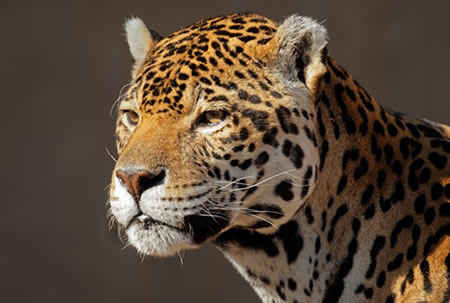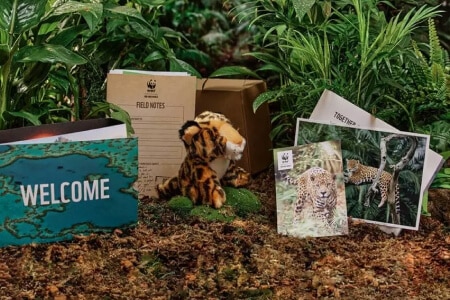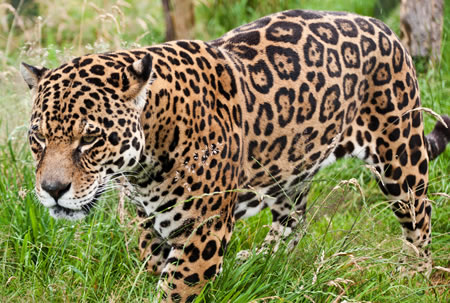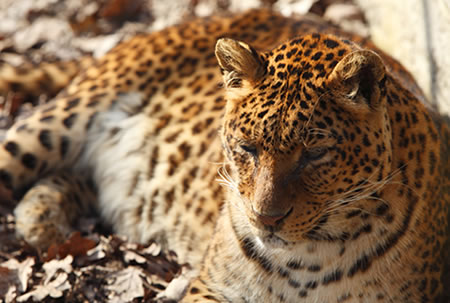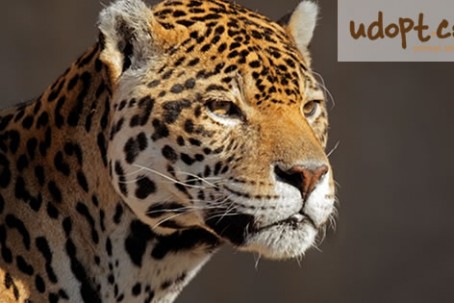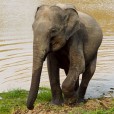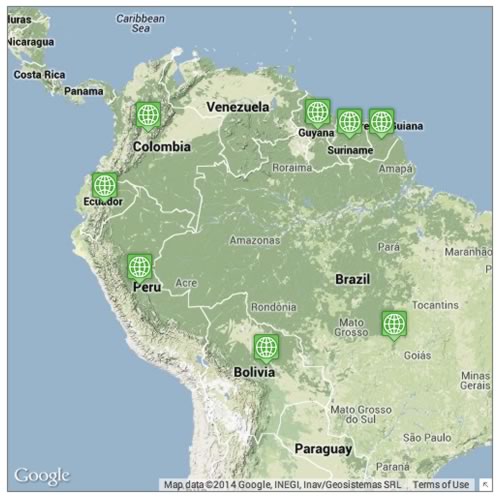udopt and receive
- A cuddly toy of your jaguar.
- A factbook about your jaguar plus bookmarks and stickers.
- A certificate to frame your commitment to the WWF (printed on recycled paper).
- Two exclusive magazines: WWF’s ‘Wild World’ and ‘My Jaguar’ with news and updates for your adopted animal.
udopt'r choice
Jaguars’s are mainly quiet creatures that are happy to spend time alone when hunting or fishing. They love to live in hot countries and are amazing athletes, and can jump up to 15 metres in one bound! They use their coloured fur as camouflage in the long grass, and are one of the few cats who love the water and are excellent swimmers.
udopt it because
- Jaguars are now endangered as their Amazon feeding ground is becoming smaller due to deforestation, leaving them with less areas to hunt in.
- The jaguar is one of the world’s most beautiful animals. It is because of this beauty that hunters trophy their fur so highly and hunt them for sport.
- You receive a cuddly toy makes this an ideal gift for a child.
- It’s great as a last-minute gift as the gift certificate can be printed or emailed immediately following payment.
>> Adopt a Jaguar Today
Adopt a Jaguar Gallery
WWF Adopt an Animal Information
Since 1961 WWF have been advocating and giving a voice to the animal kingdom. Recognised for their work internationally udopt is proud to feature WWF animal adoptions programmes. Adopt and you will receive a gift pack including a cuddly toy (or a personalised book with a Tiger adoption), a certificate plus lots more. You'll also get regular updates throughout the year.
https://wwf.org.uk/UK Registered Charity Number 1081247
Delivery information
By Post :
FREE Delivery Your gift pack will be delivered within the UK FREE of charge. Your package will be sent out within 2 business days, but please allow up to 5 days for delivery.
Last Minute Gift? :
Left it until the last minute? The good news is you can still receive a gift certificate to print or email up to the big day! You will then receive the gift pack within 10 days of ordering!
Did you know?
- The word jaguar comes from the native American word meaning ‘the killer that takes its prey in a single bound’, and they were once worshipped as a god!
- They are one of the few cats in the world that actually like water. They love to swim and can even be found taking in a spot of fishing (with their paws, not rods and nets!)
- The jaguar has an extremely rough tongue. This is peel the skin away from the flesh of its prey, and then the meat from the bones. Nice!
Our jaguar says…
Hi there, I’m a jaguar and I’m one of the largest cats around. Though I may look like a leopard, I’m much bigger and far more powerful. I’m an excellent hunter, and can even swim. I live in the Amazon, but unfortunately my numbers are dropping rapidly due to humans destroying my habitat – some even kill us for our fur. I think it looks better on us though. Please adopt me if you can, as we may become extinct unless somebody helps us very soon.


